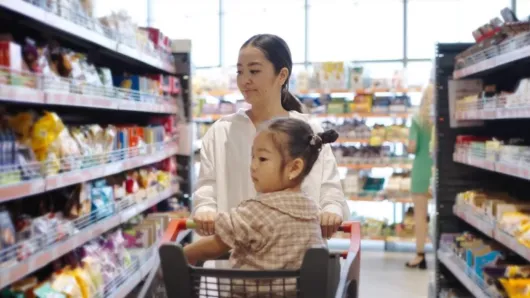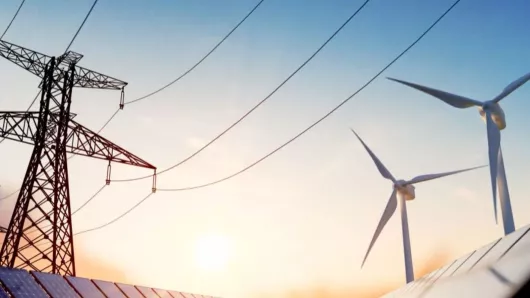Whose responsibility is it to help reduce waste and increase the amount of packaging that gets recycled? For the most part in the US taxpayers finance waste management. But that is starting to change. A growing number of states have considered legislation known as extended producer responsibility or EPR laws.
EPR Around the World
The policy makes brand owners legally and financially responsible for the end of life of what they produce. EPR laws for packaging are commonplace in Europe and Canada. A handful of US states have followed suit within the last few years, and legislation has been gaining momentum in others. More recently, what if EPR for packaging became more widespread? We already have similar programs for hard to manage products like batteries, tires, and mattresses. If we extended them to packaging, could we ensure more packaging gets diverted from landfills and recycled into new products? Let's unpack it.
EPR Policies and Programs
EPR policies and programs vary from country to country and state to state. But at the basic level, consumer goods companies would pay some or all cost associated with packaging, collection and recycling. How this has worked is a producer would often make payments to an intermediate organization or producer responsibility organization, often referred to as APRO. That organization would then use the money to help cover recycling system costs.
This is intended to incentivize producers to make their products or recyclable. But does it work? A few studies have been done, and if we look to programs for other products like Paint, for instance, we've had EPR programs in several states since 2009.
The Complexities of EPR
The Product Stewardship Institute estimates that since that time, we've recycled over 72% of collected paint and save governments and taxpayers nearly $300 million. However, in Europe where packaging EPR programs have been in place for decades, advocacy groups like Beyond Plastics have reported little to no change in European packaging waste. Even though recycling rates have increased, many EU countries are now adding specific waste reduction targets to their EPR systems. As a result for these scenarios, we can see EPR would require strong regulation and monitoring. A successful program should engage all members of the packaging value chain from raw material suppliers, converters to brand owners and consumers.
And we should have transparent standards and definitions for things like waste, recyclability, recycled content, and toxic substances, so we can achieve the desired outcomes with regards to waste and recycling.
So now that we've discussed the EPR complexities, what are your thoughts? Could we successfully adopt a broader program here in the US to help reduce waste and encourage more recycling?
We'll have to wait and see how states work to engage our stakeholders. Shift responsibility, spur innovation, and challenge existing practices. However, these models can be promising in our journey toward better packaging and a better life, and we've just scratched the surface on the alternative methods that could help us get there. And that's this episode of sustainability Unpacked.


